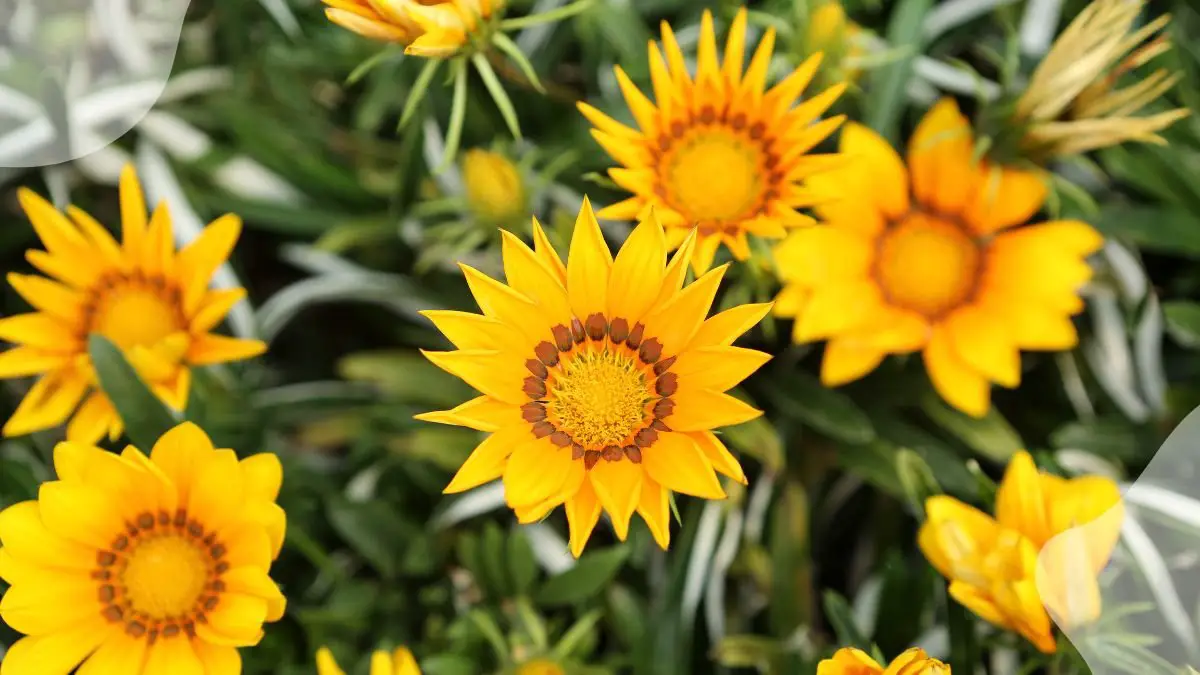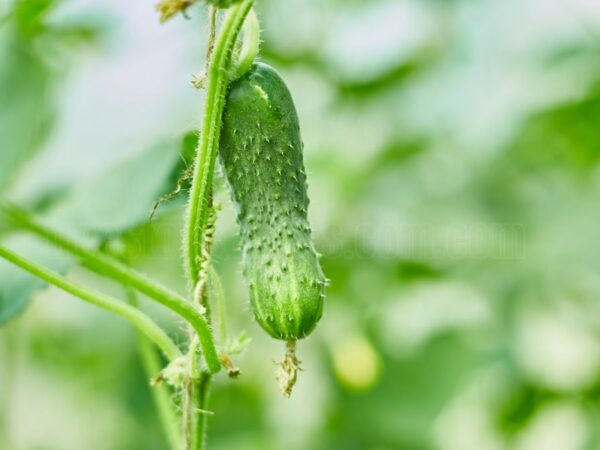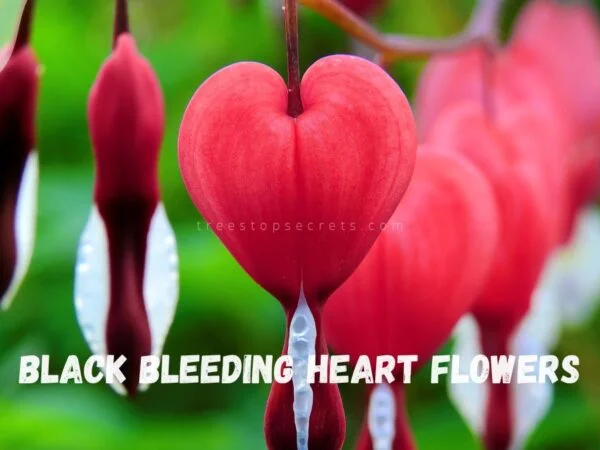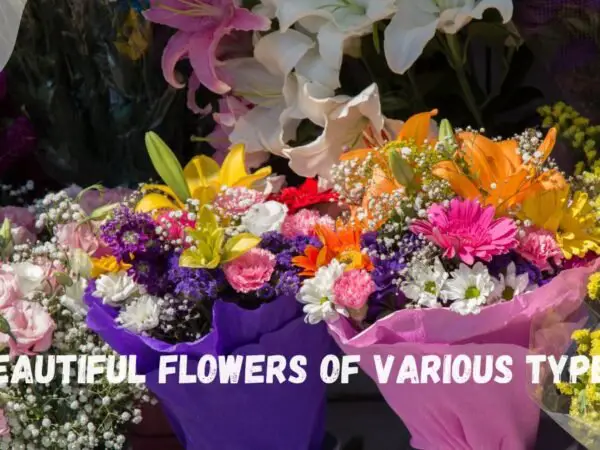Uncover the captivating history of the ornamental flowering plant gazania, a stunning bloom with roots tracing back to South Africa, known for its abundant bright flowers. This vibrant and resilient plant has enchanted gardeners worldwide with its dazzling array of stunning flowers and ability to thrive in various conditions. Discover the secrets behind the gazania's popularity and how it continues to elevate gardens with its beauty and charm.
Explore the evolution of this ever-evolving treasure flower, from its humble beginnings to becoming a beloved garden favorite. Join us on a journey through time as we delve into the rich historical context surrounding the treasure flower gazania and unlock the mysteries that make it a true gem among flowering plants.
Key Takeaways
- Understand the specific care needs of Gazania flowers to ensure their health and longevity.
- Provide well-draining soil and moderate watering for optimal growth of Gazanias.
- Place Gazanias in a location with full sun exposure and appropriate temperature conditions.
- Regularly fertilize and prune Gazanias to promote vigorous growth and blooming.
- Explore propagation techniques such as division and cuttings to expand your Gazania collection.
- Enhance blooming and design by incorporating Gazanias into your garden landscape.
Understanding Gazania Flowers
Unique Features
Gazania flowers, also known as treasure flowers, are drought-tolerant plants that thrive in sunny conditions. These flowers have striking daisy-like petals that come in various vibrant colors such as orange, yellow, pink, and red. Their foliage is silvery-green, adding to their visual appeal.
Color Variations and Patterns
Gazanias exhibit a wide range of color variations and patterns, making them a popular choice for gardens and landscapes. Some varieties like the Big Kiss White Flame Gazania boast unique color combinations with contrasting centers and edges. The patterns on Gazania flowers can include stripes, dots, or solid hues, adding intrigue to their appearance.
Origin and Botanical Name
The botanical name for Gazania flowers is Gazania rigens, derived from the Greek word "gaza," meaning riches or treasure, which perfectly captures the beauty of these blooms. Native to South Africa, Gazanias are well-adapted to thrive in dry climates and sandy soils. They belong to the Asteraceae family, which includes other popular garden flowers like daisies and sunflowers.
Essential Care for Gazanias
Gazanias, also known as treasure flower gazanias, are vibrant and resilient plants that thrive in sunny conditions. These flowers require ample sunlight to bloom beautifully. Providing 6-8 hours of direct sunlight is ideal for the optimal growth of Gazanias.
Light Requirements
Full sun exposure is crucial for Gazanias to flourish. Placing them in a spot with direct sunlight ensures vibrant and abundant blooms. Gazanias are perfect for gardens or landscapes that receive plenty of sunlight throughout the day.
Drought-Tolerant Nature
Gazanias are renowned for their drought-tolerant nature, making them excellent choices for dry climates or areas with limited water access. These plants have succulent-like leaves that store water, enabling them to withstand prolonged periods without watering.
Infrequent Watering Needs
One of the remarkable characteristics of Gazanias is their ability to thrive with minimal watering. Due to their drought-resistant properties, Gazanias do not require frequent watering like many other plants. Watering them sparingly helps prevent issues such as root rot and overhydration.
Soil and Water Needs
Ideal Soil Type
Gazanias thrive in well-drained soils with good aeration. Sandy loam soil is ideal for their growth, ensuring proper root development.
Importance of Well-Drained Soil
Well-drained soil prevents waterlogging, which can lead to root rot in Gazanias. It also helps in preventing fungal diseases, promoting overall plant health.
Managing Watering Intervals
Watering intervals for Gazanias should be controlled to avoid overwatering. Allow the soil to dry out between watering sessions to prevent root issues.
Light and Temperature Guide
Light
Gazanias thrive in full sun, requiring at least 6 hours of sunlight daily. Insufficient light can lead to leggy growth and fewer blooms. The ideal condition is bright, direct sunlight for vibrant yellow flowers.
Temperature
Maintain temperatures around 70-80 degrees Fahrenheit for optimal growth. Extreme heat can cause wilting, while cold temperatures below 40 degrees Fahrenheit can damage the plant. Consistent warmth promotes lush foliage and abundant flowering.
Humidity Levels
Gazanias prefer low humidity, thriving in dry conditions similar to their native South Africa. High humidity can lead to fungal diseases, so ensure good air circulation around the plants. Avoid overwatering to prevent moisture-related issues.
Fertilizing and Pruning Tips
Gazanias, also known as treasure flowers, are low maintenance plants that thrive without the need for fertilizer. Their ability to spruce up any garden without extra feeding makes them a popular choice for maintenance flowers. These vibrant blooms boast beautiful foliage and require minimal care.
Fertilizing
Gazanias have adapted to survive in poor soil conditions, making them self-sufficient when it comes to nutrients. Fertilizing these plants is generally unnecessary due to their resilience and ability to thrive without additional feeding. Over-fertilizing can actually harm Gazanias, so it's best to avoid using fertilizers on these hardy flowers.
Pruning Techniques
Pruning plays a crucial role in maintaining the health and appearance of Gazanias. By removing dead or faded flowers, you can stimulate new growth and prolong the blooming period of these treasure flowers. When pruning Gazanias, ensure you use clean, sharp shears to make precise cuts without damaging the plant.
Enhancing Blooming
Pruning not only helps maintain the overall health of Gazanias but also enhances their blooming capabilities. By regularly deadheading spent flowers, you encourage the plant to produce more blooms, resulting in a longer-lasting and more vibrant display of colors in your garden. This simple practice can significantly improve the aesthetic appeal of your Gazanias.
Propagation Techniques
Seed Propagation
Gazanias can be propagated from seeds, offering a cost-effective way to expand your garden. Seeds are readily available at nurseries and online stores. Ensure adequate sunlight and well-draining soil for successful germination.
Division Method
Another common method is division, where you split the plant into smaller sections for propagation. This technique works well for mature Gazanias with multiple stems. Carefully separate the root ball into segments to ensure each new plant has roots.
Benefits of Propagating Gazanias
- Cost-effective: Propagating Gazanias through seeds or division saves money on purchasing new plants.
- Control over Growth: By propagating, you have more control over the growth and health of your Gazanias.
- Sustainable Gardening: Propagation promotes sustainability by reducing the need for external plant sources.
Cultivation from Seed
Planting Seeds
Gazanias can be easily grown from seeds. Start by planting the seeds in well-draining soil in either pots or directly in your garden. Ensure the seeds are not buried too deeply, as they require light to germinate.
Watering and Maintenance
After planting, water the seeds lightly. Avoid overwatering as it can cause seed rot. Once the plants have established, ensure they receive adequate sunlight throughout the day.
Deadheading for Continued Blooms
To encourage continuous blooming, regularly deadhead faded flowers. This process involves removing spent flowers to promote new growth and prolong the flowering period of your Gazanias.
Challenges and Rewards
Growing Gazanias from seeds comes with its challenges and rewards. While it may require patience and attention to detail, the satisfaction of seeing your plants bloom from a tiny seed is immensely rewarding. Native to South Africa, Gazanias add vibrant colors to your garden or pots, attracting bees and butterflies.
Overwintering and Pest Management
Overwintering
Gazanias, particularly the Treasure Flower Gazania, can be overwintered effectively in USDA Zones 9-11. To protect them from frost, consider bringing them indoors during the colder months. These plants thrive in well-draining soil, so ensure proper drainage in containers.
Pest Management
When it comes to pests affecting Gazanias, two common culprits are powdery mildew and mealybugs. Powdery mildew appears as a white powdery substance on leaves, while mealybugs are small, white insects that feed on plant sap. To combat these pests, avoid overhead watering and provide adequate air circulation.
Pest Control Importance Effective pest control is crucial for maintaining the health and vigor of your Gazanias. Pests not only damage the plant but can also spread diseases, leading to stunted growth and reduced flowering. Regularly inspect your plants for any signs of pests to address issues promptly.
Tips for Overwintering and Pest Management
- Pros of overwintering indoors: Protects plants from frost damage.
- Cons of overwintering indoors: Risk of pests due to confined spaces.
- When transitioning plants indoors for winter, gradually acclimate them to lower light conditions to prevent shock.
- Use organic pest control methods such as neem oil or insecticidal soap to manage pest infestations effectively.
- Keep an eye out for early signs of pests like yellowing leaves or sticky residue on plant surfaces.
Blooming Enhancement and Design
Blooming Techniques
Gazanias can be encouraged to produce abundant blooms through proper care. To enhance blooming, deadhead spent flowers regularly. This process involves removing faded blooms to stimulate new flower growth. fertilize the plants during the growing season to promote vibrant flowers. Ensure the soil is well-draining to prevent waterlogging, which can hinder blooming.
Garden Design with Gazanias
When designing a garden with Gazanias, consider their bright and attractive flowers. These plants are ideal for adding pops of color to your landscape. Create a striking visual impact by planting Gazanias in clusters or borders. Their stunning yellow flowers can complement other flowering plants, enhancing the overall aesthetic of your garden.
Aesthetic Appeal in Landscaping
Gazanias offer an array of benefits when used in landscaping projects. Their ornamental flowers add beauty and charm to any outdoor space. These composite flowers are versatile and can be incorporated into various design styles, from formal gardens to natural landscapes. Gazanias bloom profusely during the spring, creating a vibrant display of daisy-like flowers that attract pollinators.
- Pros of Gazanias:
- Drought-tolerant nature
- Low maintenance requirements
- Long blooming season
- Cons of Gazanias:
- Susceptible to root rot if overwatered
- Limited cold tolerance
Final Remarks
You now possess a comprehensive guide to caring for your Gazania flowers. By understanding their needs, from soil and water requirements to light and temperature preferences, you can ensure they thrive in your garden. Remember to fertilize, prune, propagate, and manage pests diligently for optimal growth. Whether you're cultivating from seed or enhancing blooming, these tips will help you create a stunning floral display.
Take the knowledge you've gained here and apply it to your gardening routine. Share your newfound expertise with fellow plant enthusiasts and continue to nurture your Gazanias with care. Your commitment will result in vibrant, flourishing blooms that bring joy and beauty to your outdoor space.
Frequently Asked Questions
Can Gazania flowers tolerate hot and dry conditions?
Yes, Gazania flowers are highly tolerant of hot and dry conditions, making them an excellent choice for arid climates or areas with intense sunlight exposure.
How often should I water Gazanias?
Water Gazanias deeply but infrequently, allowing the soil to dry out slightly between waterings. Aim to water them once a week or when the top inch of soil feels dry.
What type of soil is best for growing Gazanias?
Gazanias thrive in well-draining soil that is sandy or loamy. Ensure good drainage to prevent waterlogging, which can lead to root rot and other issues.
When is the best time to fertilize Gazania flowers?
Fertilize Gazanias in the spring using a balanced fertilizer. Avoid over-fertilizing, as it can cause excessive foliage growth at the expense of flower production.
How can I propagate Gazania plants?
Gazanias can be propagated through division or by taking stem cuttings. Ensure the new plants have well-draining soil and adequate sunlight for healthy growth.
Image Source: Paid image from CANVA





